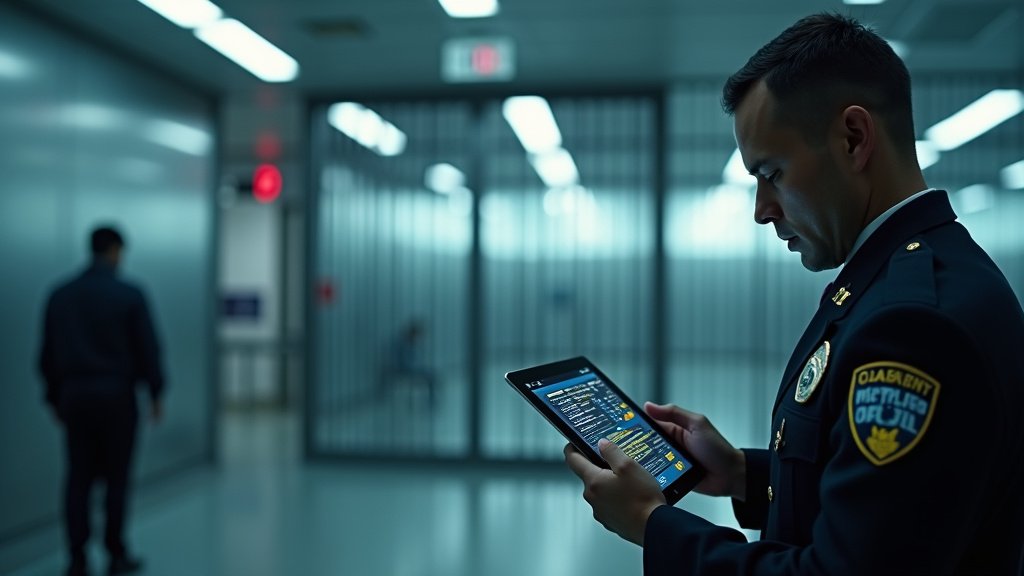In 2025, travelers navigating the United States border are encountering significantly more electronic device searches than their Canadian counterparts, a trend that has raised alarms among privacy advocates and is increasingly seen as a contributing factor to a notable decline in U.S. international tourism. U.S. Customs and Border Protection (CBP) has escalated its inspections of phones, laptops, and other digital devices, widening a gap that highlights differing approaches to border security and traveler privacy.
The Widening Chasm in Device Inspections
Data from 2024 reveals a stark contrast between the two neighboring nations. U.S. CBP processed over 420 million travelers, conducting approximately 47,047 electronic device searches—a figure representing less than 0.01% of all international arrivals. However, this number, while statistically small, marked a significant increase, with U.S. device searches having surged by over 400% since 2015. For 2025, the trend has continued its upward trajectory, with the second quarter of the year setting a new record with 14,899 device inspections.
In comparison, Canada’s Border Services Agency (CBSA) conducted a considerably lower number of device searches. In 2024, the CBSA processed nearly 94 million travelers but performed only 1,108 device inspections, amounting to about 0.001% of all travelers. This means the U.S. is conducting device searches at a rate roughly ten times higher than Canada, even when accounting for the difference in traveler volume. This disparity underscores the intensifying focus on digital device scrutiny at the U.S. border.
Legal Authority and CBP’s Broad Powers
The authority for U.S. border agents to search electronic devices stems from the long-standing “border search exception” to the Fourth Amendment, which allows for warrantless searches at international borders without probable cause or reasonable suspicion. This legal doctrine, rooted in pre-digital eras, has been applied to electronic devices, despite their capacity to store vast amounts of highly personal information.
CBP distinguishes between “basic” and “advanced” searches. Basic searches, which involve a manual review of content stored directly on the device, require no suspicion and constitute the vast majority of inspections. Advanced searches, which involve connecting devices to external equipment for copying or analyzing data, are more invasive. CBP policy dictates that these require supervisory approval and reasonable suspicion of a law violation or national security concern, though this standard can vary by jurisdiction. Notably, CBP is prohibited from accessing cloud-based content during these searches.
Mounting Privacy Concerns for Travelers
Privacy advocates, including the American Civil Liberties Union (ACLU) and the Electronic Frontier Foundation (EFF), argue that the expansive nature of these searches infringes upon constitutional rights. Electronic devices are now repositories of sensitive personal, professional, and financial data, and the prospect of these being scrutinized without warrant or suspicion is a significant concern for many travelers.
While travelers can state they do not consent to a search, this refusal may not prevent CBP from taking possession of the device, potentially leading to delays, confiscation, or even denial of entry for non-U.S. citizens. U.S. citizens cannot be denied reentry but may face prolonged detentions or seizure of their devices. The data obtained can be retained by CBP for up to 15 years and shared with other government agencies or foreign governments under certain conditions.
Tourism Decline and Economic Ripples
The increasing stringency of border security measures, including device searches, is seen as a contributing factor to a broader trend of declining international tourism to the U.S. In the first half of 2025, international tourist arrivals were estimated to have dropped by 8.2%. This downturn, potentially costing the U.S. billions in visitor spending, is attributed to a mix of factors including political rhetoric, evolving visa policies, a strong dollar, and a perception of the U.S. as less welcoming. While not the sole cause, the heightened scrutiny at the border adds to a growing perception that visiting the U.S. may be too much hassle, driving some travelers to alternative destinations like Canada, Mexico, and Europe, which are experiencing tourism growth.
A Trending Security Landscape
These escalating device searches are part of a larger, trending movement towards enhanced border security, driven by national security concerns and a desire to combat illicit activities such as terrorism, child exploitation, and smuggling. However, the methods employed, particularly the scope and frequency of digital inspections, continue to spark debate. Unlike Canada, which employs different standards and has increased oversight, U.S. border practices are characterized by broad authority and a growing volume of digital data collection.
As the digital footprint of travelers grows, the balance between national security imperatives and individual privacy rights at the U.S. border remains a critical and evolving issue, with significant implications for international travel and perceptions of the United States as a destination.






